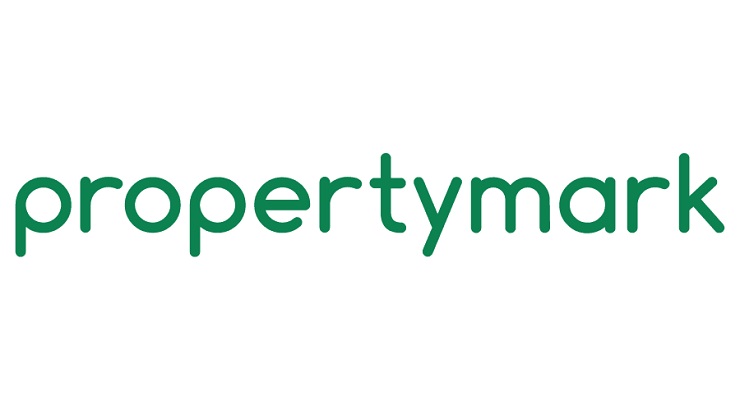Housing Insight Report – June 2025
The Housing Insight Report takes a monthly look at the trends affecting the UK housing market. Propertymark gathers the statistics by surveying estate and letting agents who are members of NAEA Propertymark and ARLA Propertymark. Here are the findings for June:
While mortgage lending shows resilience, affordability remains the foremost barrier for buyers and renters alike. With supply shrinking in lettings and confidence uneven in sales, policymakers and market participants face ongoing challenges in achieving balance across the housing sector.
The average UK house price was £290,395. Residential sales volumes were lower than in May 2024, while buyer registrations averaged 74 per branch, unchanged from May 2025.
Tenant demand fell, with 57 new registrations per branch, while available rental stock slipped to 9.75 per branch. Member branches agreed there was an average of 10.23 new tenancies.
Members agreed an average of 10.3 sales, up slightly from the previous month, with 39% of transactions taking over 17 weeks to exchange—an improvement compared with the 2022 peak of 41%
Average rents stood at £1,399 in England, £999 in Scotland, and £804 in Wales, representing a 6.7% annual increase and a 0.3% monthly rise.
Sales
1. Member branches registered an average of 74 new prospective buyers in June 2025 .
2. Valuation activity slipped to 21 per member branch in June.
Lettings
1. In June 2025, there were around 6 applicants competing for each available property.
2. In June 2025, 56% of member agents reported that rents remained static
Nathan Emerson – CEO Propertymark
Some regions are reporting robust levels of activity in the sales market, which is especially positive considering the continued economic turbulence being witnessed. However, with strides being made by numerous lenders in bringing improved mortgage products to the market, this could help boost affordability and inspire further market uplift over the coming months on a wider scale.
In the lettings sector, there appears to be little fluctuation in outlook in the short to medium term, with demand continuing to significantly outstrip the supply of available rental properties. This trend could worsen, not only due to a lack of support for landlords to invest in the sector—ultimately pushing rent levels higher across many regions—but also because tenants might now choose to stay put for longer, given the uncertainty and difficulty in finding a new home.









